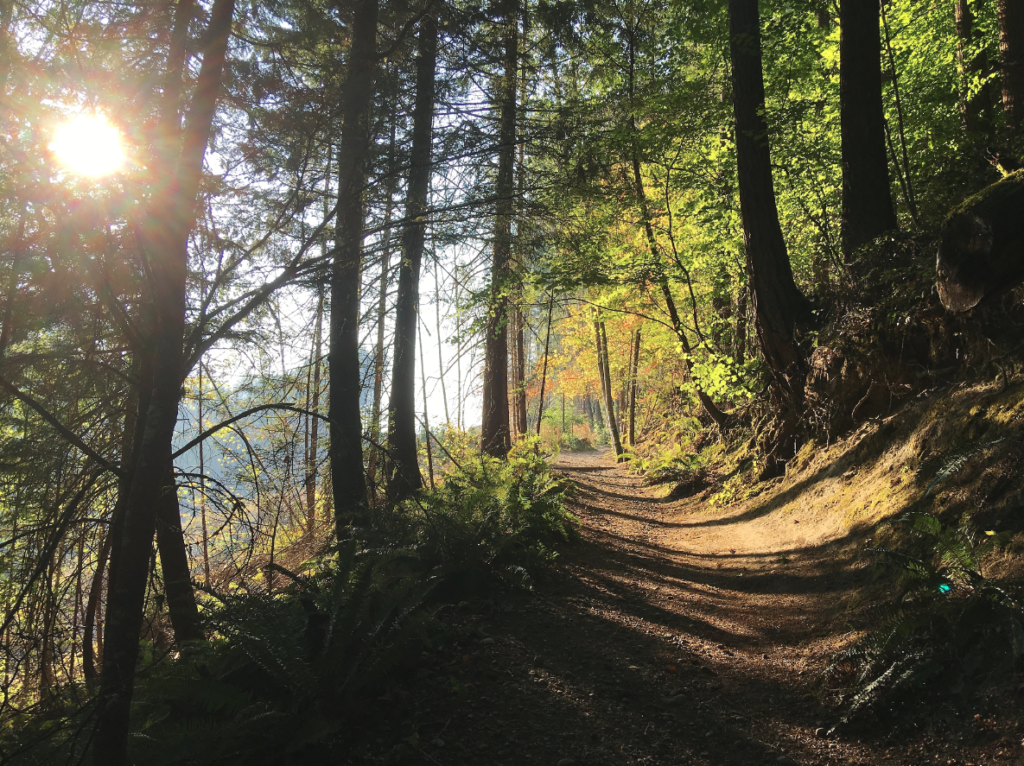By Suzanne Wilson
Free trees are available for Black Hills Audubon Society (BHAS) members and their friends. The Carbon Capture Foundation, a 501(c)(3) charitable foundation, will provide native bare-root seedlings to sequester carbon and enhance wildlife habitat. Four species – Douglas-fir, western red cedar, red alder, and black cottonwood – will be available for non-commercial planting. You can request up to 240 seedlings. We ask that these delicate 1-2 foot tall seedlings be planted in suitable environments with tree protectors if needed. Seedling distribution will be during the winter planting season. Please place your order by August 20, 2022. To order use this form https://forms.gle/wfMxCFYagEk1cLWC9 or contact treesforfree2022@nullgmail.com or leave a message at 360-790-8439. Once again, these are free native trees to good homes.
But what exactly makes a good home for fragile tree seedlings? Proper handling, planting, watering, and protecting will determine much of a seedling’s establishment success. Interactions with surrounding plants, soil fungi, herbivores, and the effects of rainfall, temperature, and sunlight have ongoing impacts on growth and development. Unpredictable factors like wind and ice storms, fires, and flooding also play a role. Here are general guidelines for positioning your seedlings.
| Species | Symbol | Soils | Light | Idiosyncrasies |
| Douglas-fir | PSME | Excellent drainage | Part shade | Summer watering needed to establish |
| Western red cedar | THPL | Moist, acidic, well-drained | Shade tolerant | Swamps, ravines, poorly drained depressions, rocky slopes work well |
| Red alder | ALRU2 | Moist, well-drained, deep sandy loams | Full sun | Quick growing, can protect slower growing trees |
| Black cottonwood | POBAT | Moist well-drained | Full sun | Plant away from buildings, driveways |
Two free DNR publications provide advice for establishing seedlings. Maintaining Tree Seedling Vigor provides transporting, storing, and handling tips while Planting Forest Seedlings | DNR has useful illustrations and instructions for planting correctly. Use the symbols from the table above to access plant guides from the USDA Plants Database, plants.usda.gov.
Even one tree planted can make a difference for wildlife in your neighborhood.
Photo credit: A wooded trail in summer, by Rachel Hudson.








